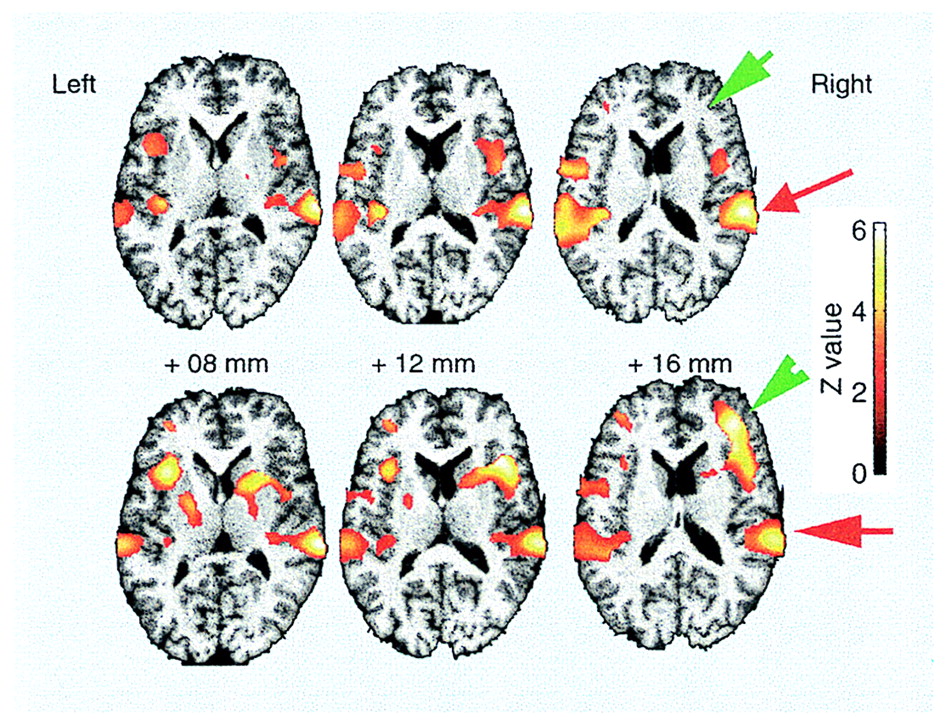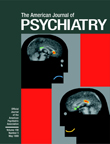Perception is the first door to cognition. Sensory systems serve humans by generating a faithful internal representation of biologically meaningful events from the external world. Human sensory systems use subtle and complex calculations to generate efficient and informative percepts, which are often, but not inevitably, used for higher cognitive performance. Auditory signals are received in the neurons of the cochlea in the inner ear, arranged along a frequency axis. The frequency of an auditory signal is coded by the location (along the frequency axis) of the activated neuron, and the amplitude of the signal is coded by the neuronal discharge rate. Signal duration is expressed by the temporal pattern of cochlear neuronal activity. Peripheral neurons of the cochlea send information to the auditory cortex through an ascending system in the brainstem using action potentials. These action potentials are received by the auditory cortex in several distinct subdivisions, each arranged tonotopically (according to sound frequency) and putatively specialized for auditory characteristics. The neural representations of auditory information must code distinct properties of sound: frequency (pitch), amplitude (loudness), and, subsequently, more complex aspects of sound such as speed, spatiotemporal aspects, and patterns that create distinctive biologically relevant sound percepts. The latter especially represent those groups of sounds learned by a person during development to enhance survival and reproduction. Each animal species has distinctive biologically relevant sounds that are distinctly encoded in the auditory cortex. Auditory perception is extensively and concretely influenced by auditory experience, especially repetition and familiarity.
Auditory perception may occur passively, in the absence of goal-directed behavior, or it can occur in the service of a cognitive task, such as sound discrimination and interpretation. In the top row of images (figure), the red arrow represents the human auditory cortex during simple repetitive tone stimulation. The auditory cortex is located on the planum temporale, the superior aspect of the temporal lobe bilaterally. During passive listening, activations are extensive in the auditory cortex; few cortical activations occur in the frontal cortex. When listening is active and associated with sound discrimination, the neural representation of the auditory signal remains strong (red arrows) and is similar to the passive listening situation. In addition, the right midfrontal cortex becomes activated (green arrows) to provide discrimination and recognition (bottom row of images). The right frontal cortex seems to be particularly important for stimulus recognition, especially when it is difficult; but this brain region plays little role in tracking the absence or presence of a familiar, predictable sound. Stimulus discrimination may also rely heavily on processing found in other nonsensory brain regions such as the cingulate cortex and cerebellum.


